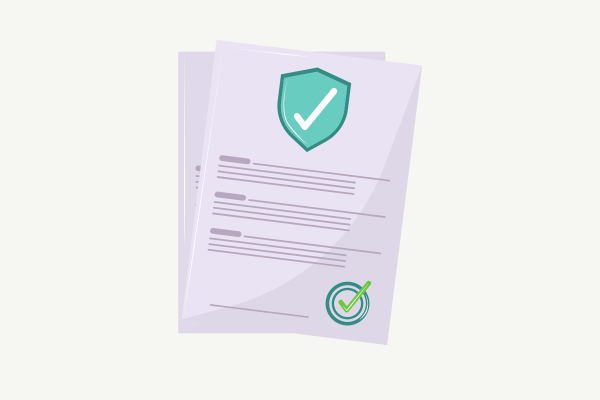
Hey there, business owners! It’s your team at Insogna CPA, and we’ve got some must-know updates about IRS Form 8300 that might just save you a headache or two.
💵 Collecting Over $10,000 in Cash? Here’s What the IRS Wants from You
If your business receives $10,000 or more in cash, the IRS requires you to do some extra reporting. This isn’t new, but with 2024 here, staying on top of these rules is more crucial than ever.
💡 Breaking Down IRS Form 8300: Why It Matters
IRS/FinCEN Form 8300 is the form you need to fill out when your business gets a cash payment over $10,000. This form helps the IRS keep an eye out for tax evasion, illegal activities, and other not-so-legal stuff.
When to Report: What Payments Require Form 8300?
You’re required to file Form 8300 if:
- ✅ You receive over $10,000 in cash in a single transaction.
- ✅ Multiple cash payments total over $10,000 within a year.
- ✅ Unreported payments sneak past $10,000 within a 12-month period.
These payments should be part of your regular business operations—not just an odd one-off from someone mysterious.
❓What Qualifies as ‘Cash’?
Cash isn’t just pocket change; it includes good ol’ U.S. Dollar bills, foreign currency, and even stuff like cashier’s checks, traveler’s checks, and money orders under $10,000 – but only if you’re smelling something fishy going on.
❓What Doesn't Count as Cash?
Not all money is created equal. Personal checks, large cashier’s checks, drafts, and traveler’s checks over $10,000 don’t require reporting. But if someone tries to sidestep the rules by breaking a large payment into smaller ones, you still need to report it.
💡 Related Transactions: Handling Multiple Payments
If a customer or their agent gives you more than $10,000 in related transactions within 24 hours, it’s considered one big transaction. File that Form 8300.
📌 Reporting Deadlines: Don’t Miss Them
So, when’s the deadline to file that form? You’ve got 15 days from when you get your hands on the cash. If the 15th day falls on a weekend or a holiday, just give it to Uncle Sam on the next business day.
📌 Handling Multiple Payments: A Step-by-Step
When the cash comes in chunks, it’s like a puzzle. If the first piece is over $10,000, file Form 8300 within 15 days. But if it’s under $10,000, hang on to it. If more payments from the same buyer push the total over $10,000 within a tax year, pull up that form again and file within 15 days.
Going Digital: Filing Form 8300 Online
You can file Form 8300 online through the BSA Electronic Filing (E-Filing) System. It’s quick, easy, and free. Plus, starting January 1, 2024, if you’re already e-filing other forms, you can include Form 8300 in the mix.
Keeping Your Records: A 5-Year Rule
Keep copies of Form 8300, any supporting documents, and the statements you send to customers for at least five years. And no, just saving an email confirmation won’t cut it.
Watch Out for Penalties!
Not following these rules can lead to civil and criminal penalties. But don’t worry—there’s a safe harbor for small errors under $100.
So, there you have it—the scoop on IRS Form 8300 for 2024. Keep your business in check and avoid unnecessary fines.
Have questions about IRS Form 8300?
Need help with reporting? Don’t wait—reach out to us today. Our team is here to help you navigate the IRS requirements, so you can focus on running your business without the stress of penalties. Let’s chat!
